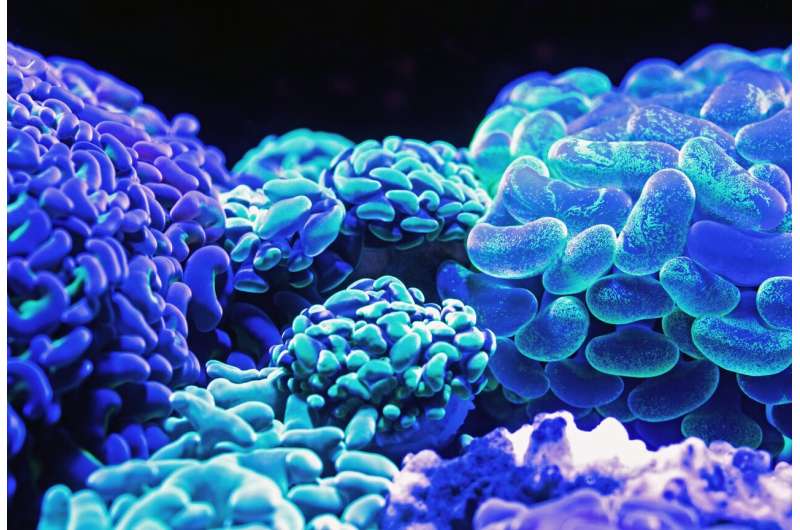Protein linked to ALS/ataxia could play key role in other neurodegenerative disorders

Neurological disorders are the number one cause of disability in the world, leading to seven million deaths each year. Yet few treatments exist for these diseases, which progressively diminish a person's ability to move and think.
Now, a new study suggests that some of these neurological disorders share a common underlying thread. Staufen1, a protein that accumulates in the brains of patients with certain neurological conditions, is linked to amyotrophic lateral sclerosis (ALS), or Lou Gehrig's disease, along with other neurological disorders, including Alzheimer's, Parkinson's, and Huntington's disease, according to University of Utah Health scientists.
The findings connect Staufen1 to the emerging concept that neurodegenerative diseases are linked to malfunctions in the way cells cope with cellular stress. These results, based on laboratory studies of human tissue and mouse models, suggest that targeting Staufen1 could eventually lead to therapeutic interventions for a number of these disorders.
The study appears in Annals of Neurology.
"Neurodegenerative diseases are a major cause of morbidity and mortality," says Stefan Pulst, M.D., Dr. Med, chair of the Department of Neurology at the University of Utah School of Medicine and senior researcher on the study. "Unfortunately, at this time, we have few, if any, disease-modifying therapies. This finding provides new insight into the pathogenesis of these disorders and potentially provides us with a new target for treatment."
In previous research, the scientists found that Staufen1 accumulates in cells of patients with ALS and cerebellar ataxia, a rare condition that causes patients to lose control of movement. They found that Staufen1 binds to a protein that is both a risk factor for ataxia and a risk factor for ALS. Together, along with other proteins, they form dense disease-related clusters called stress granules that can disrupt normal cellular function. However, when Staufen1 was lowered in the brains of mice, it not only improved the pathology of disease but also rid cells of stress granules.
In their new study, Pulst and colleagues sought to determine if Staufen1 overabundance was a factor in the development of other neurological disorders. To do it, they conducted laboratory experiments on skin cells and spinal cord tissues collected from 12 patients with several different neurodegenerative diseases. They also examined the effects of Staufen1 on neurodegeneration in two animal models.
"We found that Staufen1 protein levels were vastly increased in all of the disease models we examined," Pulst says. "In our laboratory animals, levels of this protein were three- to five-fold higher than in control animals. That's not subtle. If a protein is changed that much, it probably isn't good for any cell, particularly a neuron."
Digging deeper, the researchers found that Staufen1 has an important interaction with another protein called mTOR, a master regulator of many functions in the body that plays a key role in a process called autophagy. Autophagy, or "self-digestion," is a self-preservation mechanism that the body uses to remove dysfunctional cells.
The new study suggests that the complex relationship between Staufen1, mTOR, and autophagy could be a driving factor in the onset of several neurogenerative diseases, according to Daniel Scoles, Ph.D., study co-author and associate professor of neurology at U of U Health.
"When Staufen1 is increased, it actually impairs autophagy," Scoles says. "But we also know that autophagy can degrade Staufen1. It's a vicious cycle that can have a bad outcome for patients."
Based on these findings, Pulst and Scoles are hopeful that they can develop a medication to reduce Staufen1 levels in people at risk for sporadic ALS, the most common form of ALS, in which the causes of the disease are unknown.
If lowering Staufen1 is effective for ALS, it could eventually lead to new therapeutic approaches for the treatment of Alzheimer's disease and other Staufen1-related disorders, the researchers say.
More information: Sharan Paul et al. Staufen1 in Human Neurodegeneration, Annals of Neurology (2021). DOI: 10.1002/ana.26069

















